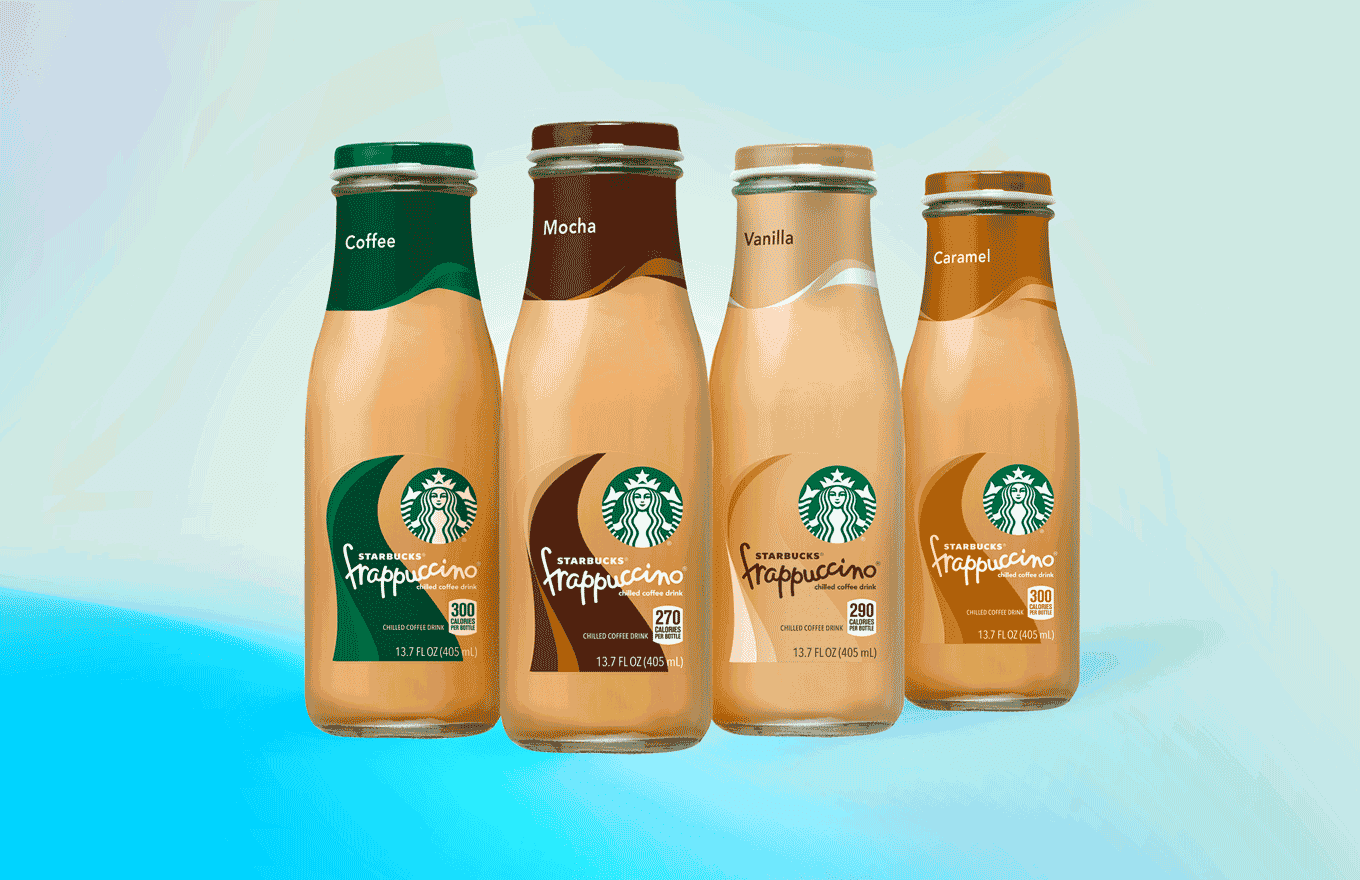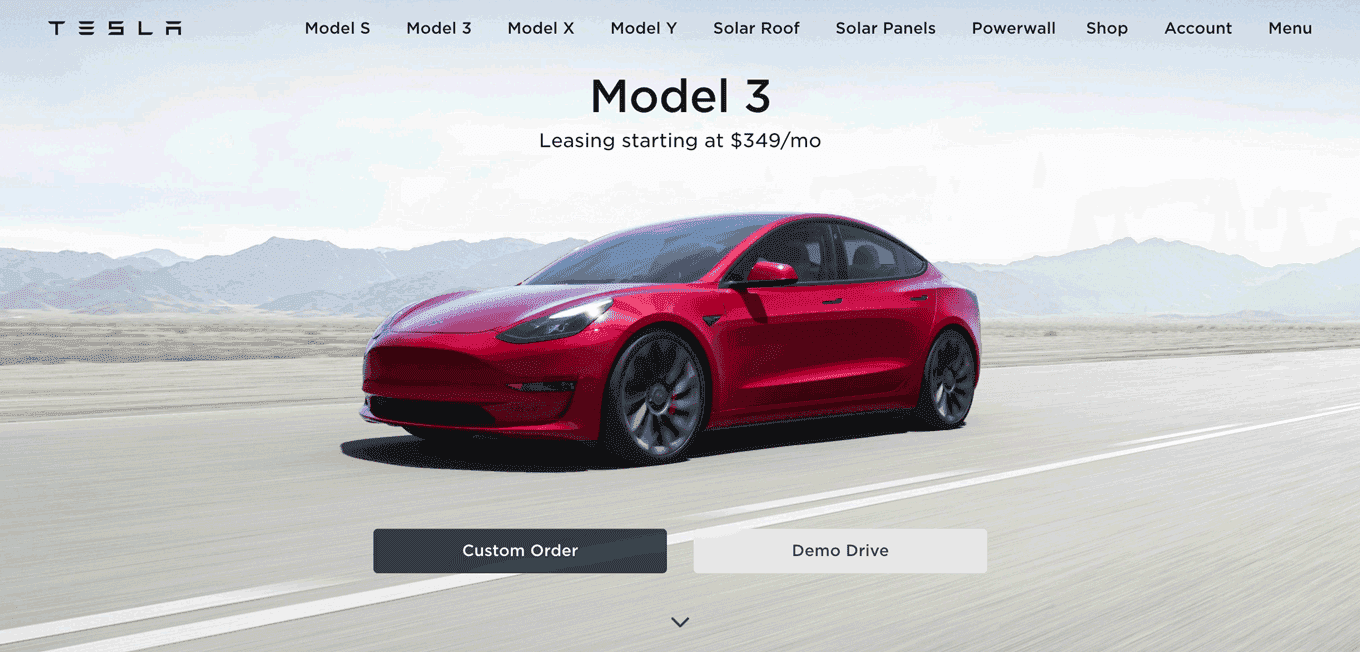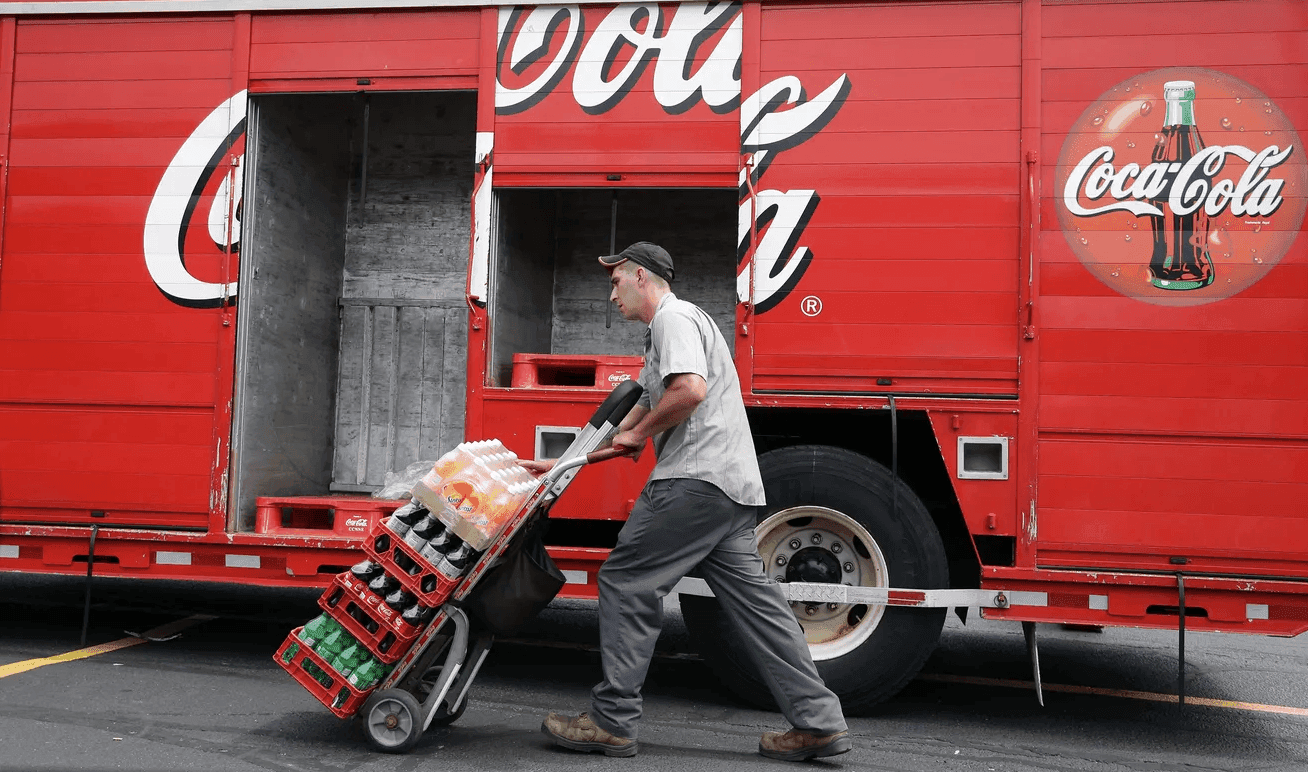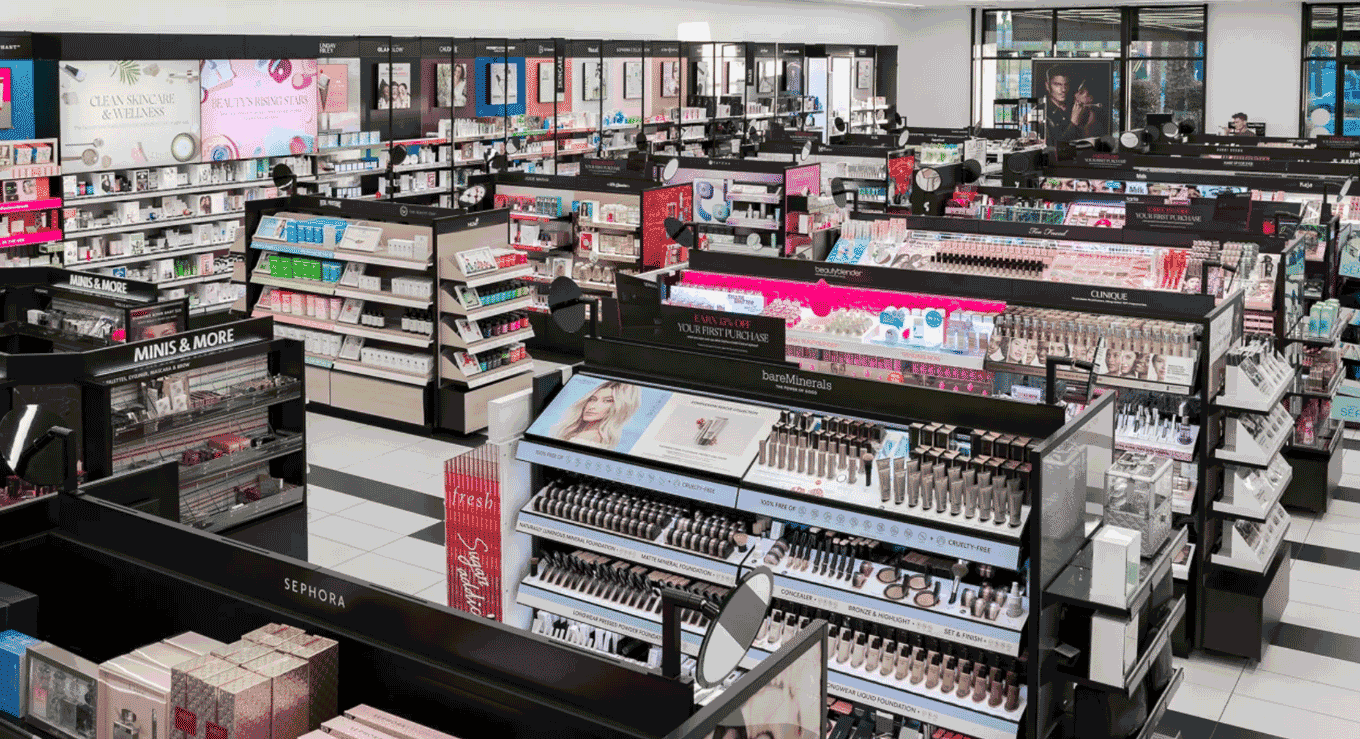Distribution strategy in marketing relates to the 7 Ps of the marketing mix.
Place is the third P of seven in the marketing mix:
- Product
- Price
- Place
- Promotion
- Packaging
- Positioning
- People
So what does place mean in the marketing mix? Place is where end consumers discover, purchase, and receive your product.
The marketing mix applies to a single product, not an entire company or brand.
What Does Place Mean In The Marketing Mix?
Place in the marketing mix refers to where you sell a product and how. Put simply; it answers which distribution channels you use to store and get your products to your customers.
What Is Distribution?
Distribution
Distribution is the process of getting the products or services from the manufacturer to the end users. You could sell your product directly via an online store, for example. Or use indirect channels such as resellers to get your products into your customers’ hands.
What Is Distribution Strategy?
A distribution strategy is the defined steps you take to get your product to your customers. You can always employ multiple distribution channels, such as:
Distribution Strategy
A distribution strategy is the defined steps you take to get your product to your customers. You can always employ multiple distribution channels, such as:
- Resellers
Resellers buy and resale products for a higher price. They either operate independently or are part of a resale chain where each person or business involved makes a profit for themselves.
Keep in mind: some resellers may mark up the prices for no apparent reason, while others increase pricing by increasing the product’s value — either by repackaging it or combining it with related products.
- Retailers
Retailers buy your product(s) in bulk — either directly or from wholesalers and sell them in small quantities.
Because retailers buy in bulk and sell in small quantities, they can make a profit on the items they sell.
- Wholesalers
Like retailers, wholesalers also buy products in bulk but sell them directly or use intermediaries to sell to other businesses instead of direct customers.
Since they buy the products in bulk, wholesalers save time and cost in handling products, which is why they can sell the products at a lower price.
What Is The Purpose Of A Distribution Strategy?
The sole purpose of a distribution strategy is to safely and proactively get your product(s) into your consumers’ hands.
This, of course, involves various steps, such as transporting products, saving them from damage, and ensuring they’re available to customers at the right time. So let’s break these steps down:
- Transporting products. A distribution strategy’s chief aim is to move products from where you manufacture them to where you want to sell them.
- Protecting products. It’s also responsible for protecting products while in storage and transport, so they reach customers in good condition.
- Making products available to customers when they’re in demand. A distribution strategy thrives on speed to maintain customer satisfaction. If a strategy repeatedly fails to get the products to customers in time, your revenue and customer retention will take a hit.
- Cost reduction. Lastly, a distribution strategy’s purpose is to reduce the cost of the final product by optimizing each step in the process.
Why Is A Distribution Strategy Important?
Creating a distribution strategy is crucial for growing revenue and customer loyalty as it defines each step involved in the distribution process.
The aim? To foster good work relationships between all players — from the manufacturer to wholesalers and retailers — so that product delivery is timely and cost-effective.
A distribution strategy is also essential for reducing bottlenecks in the process. This further ensures products are delivered on time and maintains customer trust, growing your customer base and reputation.
Remember, a well-knit distribution strategy is essential for saving you from other backend troubles, such as those related to inventory management and warehouse organization.
In short, a well-oiled distribution strategy is critical to growing warehouse productivity, customer loyalty, and, ultimately, your sales and revenue.
What Are The 5 Types Of Distribution Strategies?
Before we dive any deeper into how you can write a distribution strategy, let’s look at the options available to you:
1. Indirect Distribution
As its name suggests, indirect distribution means distributing products using marketing intermediaries such as retailers or wholesalers, as Coca-Cola does. They’re responsible for storing, displaying, and selling your products to your target customers.
2. Direct Distribution
Direct distribution is when the manufacturer directly delivers products to customers using a physical storefront or an online ecommerce site. For example, the Intimates brand, Knix, sells directly from its website and storefronts.
3. Intensive Distribution
Intensive distribution involves distributing using all available channels with the intent to make your products available at all the places your target customers shop.
Detergent brands, for instance, use intensive distribution since their target consumers expect their products to be readily available at their nearest retailers.
4. Selective Distribution
Selective distribution is when you sell your product using cherry-picked distribution channels targeting a specific audience. For instance, selling certain salon-quality haircare products using hairdressers and barbers only.
This approach allows you to work with resellers who align with your brand value to maintain a strong brand image.
5. Exclusive Distribution
Exclusive distribution refers to selling your products with specific retailers only to create a sense of exclusivity. For example, Christian Dior is only available at luxury department stores like Harvey Nichols.
As you work out a distribution strategy for your business, you’ll need to evaluate not just your product but also review your costs and what your competitors are doing — more on this in a bit.
Recommended Reading: What Is Product Strategy? Purpose, Fundamentals, Types, & Steps
What Are Some Examples Of Distribution Strategies?
Now for examples of leading brands and how they distribute their products:
Apple Mac Computer Distribution Strategy
Apple employs a direct distribution strategy. Its retail stores are packed with friendly staff that helps customers understand Apple’s complex operating system. While they also sell products at other electronics stores, consumers are encouraged to shop at their famous Apple Stores because of the service and experience.
Not only does this distribution strategy help the tech giant instill a sense of exclusivity, but it also aligns with Apple’s branding strategy that focuses on creating a sense of status among its buyers.
Tesla Model 3 Distribution Strategy
Tesla uses a direct-to-consumer strategy where they sell their Model 3 cars without relying on any intermediaries.
To this end, Tesla operates its own plants where they manufacture cars and gigafactories where they store battery parts for electric vehicles.
Tesla then sells its vehicles through direct channels such as its physical stores and online website.
Coca-Cola Classic Coke Distribution Strategy
Coca-Cola uses an indirect distribution model as it pairs with about 225 bottling operators in 200 countries and territories worldwide for its beverages’ marketing and distribution.
The corporation sells concentrates, syrups, and beverages to these operators, which include various retailers and wholesalers. The operators then prepare, package, distribute, and sell the drinks in specific territories.
Coca-Cola collaborates with these partners for its marketing strategy as well. This distribution strategy example perfectly shows a brand working using multiple distribution channels to its benefit.
Starbucks Iced Coffee Glass Bottles Distribution Strategy
Starbucks sells all its ready-to-drink (RTD) beverages, including the glass-bottled Frappuccinos, in partnership with PepsiCo.
Together, these giants have formed a separate distribution company called the North American Coffee Partnership (NACP) that packages, advertises, distributes, and sells Starbucks RTD coffee.

The partnership works so well that it has made Starbucks a leader in the RTD market, with an 82% market share as of 2020. The reason behind its success? This powerful partnership, where Starbucks brings its coffee expertise, and PepsiCo brings its experience in distribution.
Sephora’s Hybrid Distribution Strategy
Sephora sells over 15,000 beauty products and curates 340 other personal care and beauty brands for a customized shopping experience. They also carry their own personal brand, Sephora Collection, and sell a combination of beauty tools, makeup, skin, and hair care products.
Its distribution strategy? A mix of direct and indirect distribution with its standalone stores and stores within retailers like JCPenney and Kohl’s, totaling over 2,700 stores in 35 countries.
But that’s not all. Sephora also sells online via its website — replicating its in-store experience of ‘try before you buy’ by offering services like virtual try-on.
In short, Sephora uses a hybrid distribution strategy where it sells directly and uses retailers while serving as a retailer for other brands.
How Do You Write A Distribution Strategy?
The secret to creating an efficient distribution strategy is learning where your customers buy, how they make their purchase decisions, and where your products will be relevant.
If you do this work, you’ll be able to get your products to places where target customers buy — saving you from losing money in trying to distribute through irrelevant channels.
With that, let’s walk you through the eight steps to creating a well-oiled distribution strategy:
Step 1: Review Target Buyer Research For Preferences
Find out how and where your target customers buy products like yours. Is it worth buying your product directly, or are you selling a product that they’d prefer to buy from their nearest retailer?
You’ll also want to review if you need to educate your customers about your product or provide them with personalized service. If so, what would be the best option to educate or provide the best service to your customers?
Step 2: Review Your Product
Equally important here is evaluating the nature of your product, as that influences your customers’ purchase decisions. Your product could fall into any of these three categories:
- A routine product. Consumers use this product type daily and spend relatively little time choosing it. The product is also typically low priced, such as tissue paper.
- An extensive product. An extensive product demands extensive thinking before purchase. The product’s cost is high, which calls for multiple considerations. An example of such a product includes buying a car or house.
- A limited product. This product type falls between routine and extensive, requiring moderate time to select and buy, such as clothes and art pieces.
As you work on your distribution strategy, consider how much time and money your target buyer will invest to get your product.
Your product type will also help determine the distribution strategy you choose. For routine purchases, for example, an extensive distribution strategy works well as it helps with brand awareness and making your product available in all retail stores your customers go to.
Similarly, for extensive purchases, you’ll want to look into intensive or selective distribution based on how exclusive you want your brand to be. Lastly, intensive distribution is often a good strategy for limited purchases.
Step 3: Review Competitor’s Distribution Strategies For Differentiation Opportunities & Threats
Learning how your competitors distribute their products gives you insights into the channels your ideal buyers use to shop.
Simply find the answer to one fundamental question: where are my competitors’ products available for purchase?
By diving deeper into their distribution channels, you can also learn how they sell. For instance, a competitor may use proactive customer support and offer personalized product recommendations to remove friction from the buying process.
Based on what you learn, you can determine opportunities to differentiate the buying experience and become aware of distribution channels that you may not be able to penetrate because of your competitors’ stronghold.
Step 4: Review Your Resources For Strengths & Weaknesses
Now audit your budget, team, tools, physical assets, and partnerships.
For each, review your weaknesses and strengths to know what needs addressing and what you could use to your advantage.
Most of all, review how much distribution work you can manage in-house. For instance, if you’re a small team, outsourcing may be best. But if you can make an upfront investment and have a skilled team to manage inventory and logistics, consider a direct distribution strategy.
In all of this, don’t forget to look at the profit margin you’d make using each distribution channel. Ask yourself, will your business benefit more from direct distribution or by using an intermediary?
Step 5: Review Industry Regulations, Rules, & Laws To Avoid Costly Mistakes
Regulations for shipping and distribution of different products may vary by city, state, and country.
For example, regulations for the shipping and distribution of alcoholic beverages vary by city, county, state, etc.
Make sure you review these in advance to prevent problems down the line.
Step 6: Make Your Connections With Partners
If indirect distribution benefits your business, get to work finding potential partners.
Start by creating a list of all the retailers, wholesalers, and distributors you can work with. Shortlist the ones known for distributing in your industry and meet them to find out what a potential partnership would look like.
Review the markup you’re willing to sell your product(s) to the reseller as you comb through distributors.
Step 7: Determine Your Logistics
Evaluate how you’ll manage internal or inbound logistics besides the external ones discussed above.
Inbound logistics covers how you’ll be sourcing materials and moving them from your point of production to an internal destination such as a fulfillment center, warehouse, or retail store.
You’ll also want to work out your inventory system, so you’re producing enough merchandise to meet customer demand.
Again, you can manage all this internally or outsource it using dropshipping, for example.
Step 8: Consider Display & Packaging Opportunities
Last step: product packaging. Packaging influences purchasing decisions for 7 in 10 customers.
As you think through packaging opportunities, review the following factors:
- What type of packaging does your product need?
- How can the packaging be an extension of your brand?
- How can you differentiate your packaging to improve the shopping experience?
Finalize your decision based on the number of units you’ll need packaging for and your budget. You can also collaborate with resellers who take on packaging as a value-add, but that’d leave you with little control over the brand story you want to tell using packaging.





